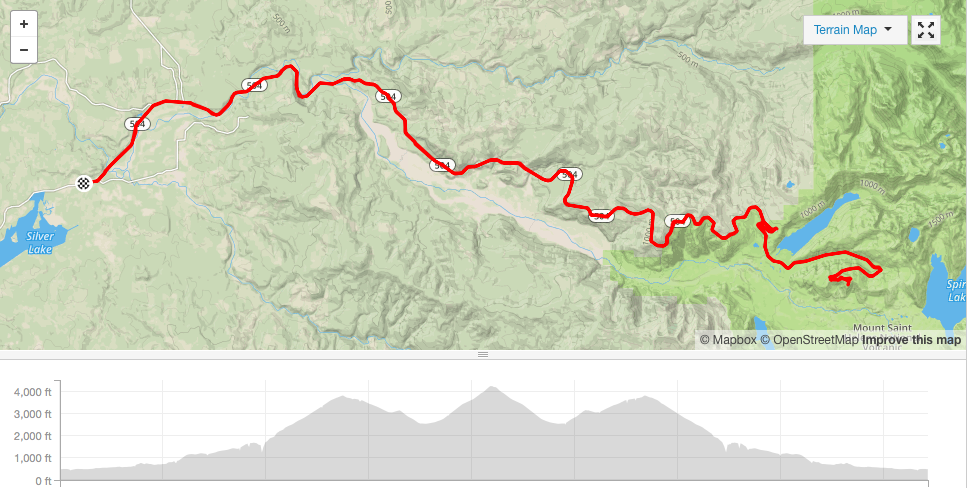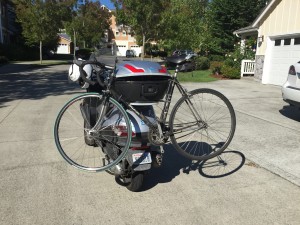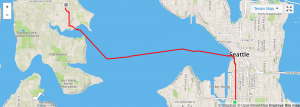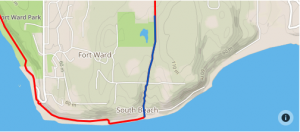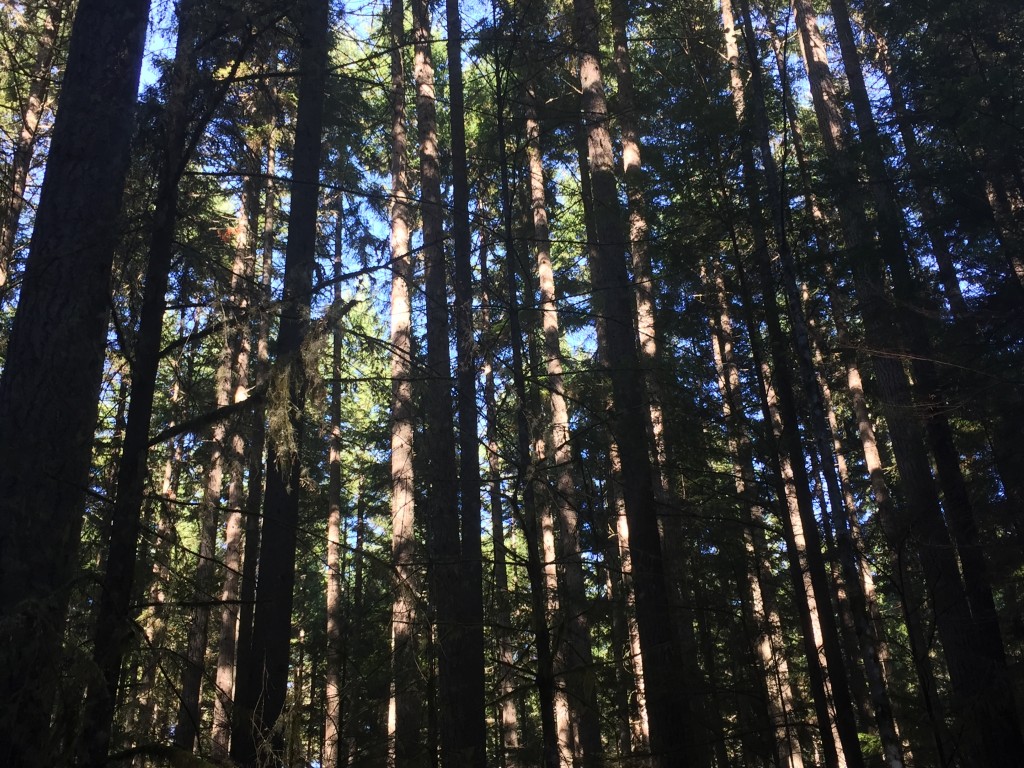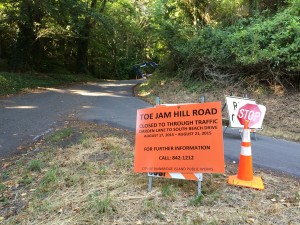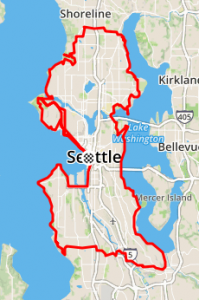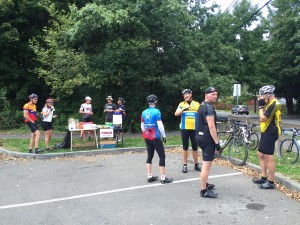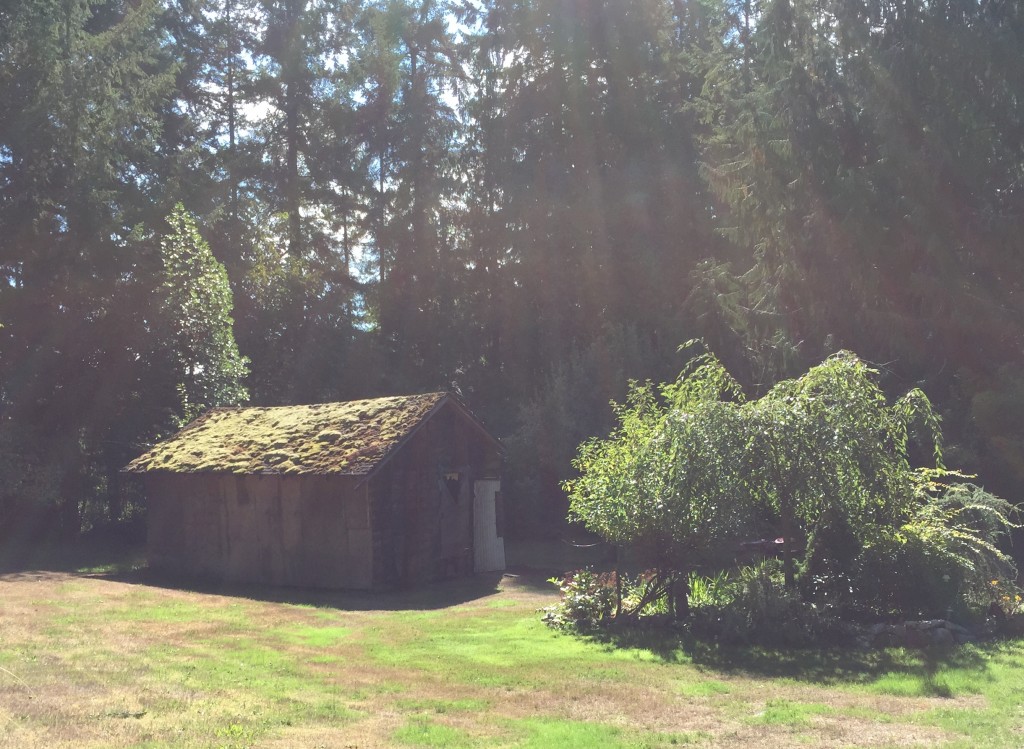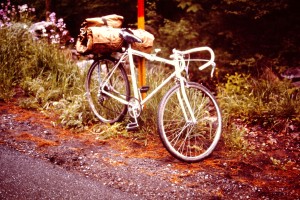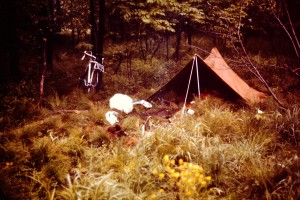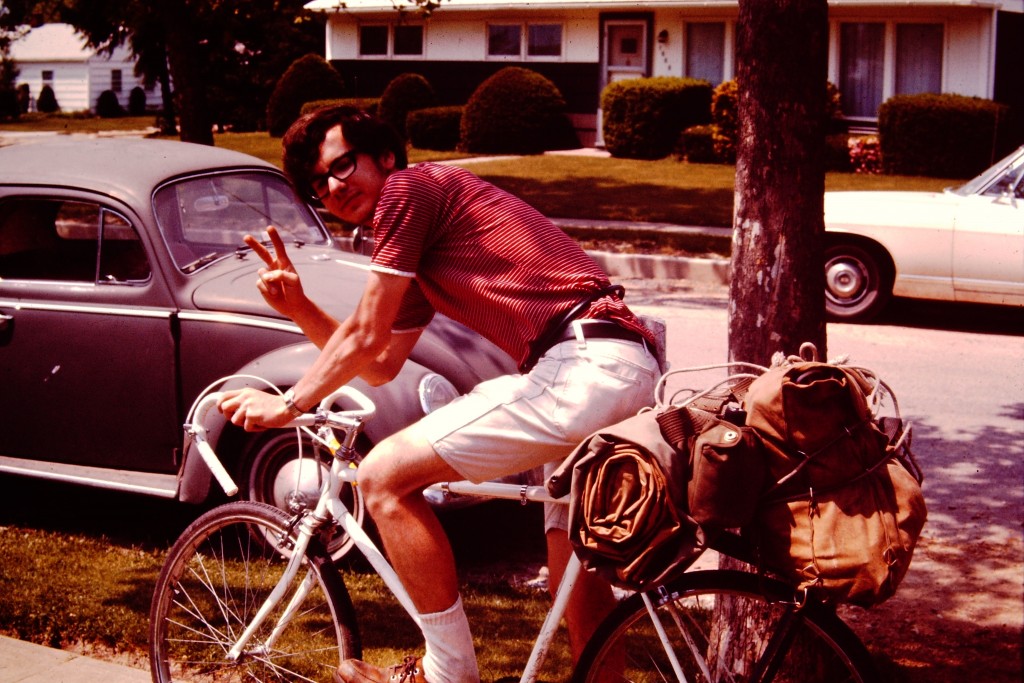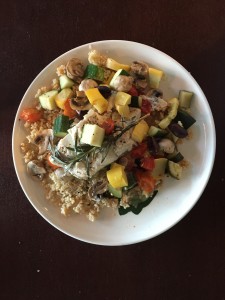I stopped wearing a heart rate monitor while riding several years ago. In this post I’ll explain why, what I do instead, and an experiment I performed check one of my assumptions.
heart rate zones
Several different models specify a table of heart rates and the intensity of effort. Working at low intensity, a person has a lower heart rate, can go indefinitely, burns more fat, less glycogen and breathes easily. Working it peak intensity, the same individual has a heart rate near maximum, can go for only a short burst, burns 100% glycogen, and is nearly out of breath. A typical model describes five zones.
| Zone | Effort | Heart Rate Percent of Max |
| 1 | Easy | less than 60% |
| 2 | Endurance | 60 - 69% |
| 3 | Tempo | 70 - 79% |
| 4 | Aerobic | 80 - 89% |
| 5 | Anaerobic | 90 - 100% |
In the above table, 90% of max heart rate corresponds to a person’s lactate threshold, or the point at which lactic acid starts to accumulate in the bloodstream. Below this threshold, a cyclist is working aerobically, limited only by the stored glycogen in the liver and muscles. Above this threshold requires more energy than the body can supply for more than a brief period. Coaches commonly recommend using a heart rate monitor (HRM) to structure training: hard workouts in zone 4, intervals in zone 5, and recovery rides in zone 2.
Riding without a Heart rate monitor
I found many riders using an HRM, tend to be more focused on the numbers reported by by a gadget, less aware of how we feel, what is going on around us. Being a left brain obsessive, I was particularly prone to this habit. Wanting to enjoy the ride more, I came up with the following substitute for HRM numbers.
1) The zone 2 threshold corresponds to how fast I can ride while breathing only through my nose. Other writers have described this as the pace at which one can comfortably carry on a conversation.
2) The LT (zone 4) threshold corresponds to how fast I can ride up a long hill – a climb requiring more than 10 minutes, preferably much longer. It takes some experience to find this limit. Because it takes three minutes for a person’s heart rate to stabilize in response to energy demands, the climb must be long enough for the body to reach a steady state.
Most of the time I’m riding by myself I’m in zone 2. There’s no reason to push harder or even care about my heart rate zone. If I do a hard climb, I’ll know when I push my heart rate to zone 4 or the LT. If I’m out “playing” with friends, maybe I’ll do the same on a flat road. No HRM required.
EXPERIMENTAl RESULTS
Yesterday, I dug up my heart rate strap and wore it during an hour of indoor cycling to check my supposition that the zone 2 threshold corresponds to max effort at which I could breath only through my nose. Results supported this model. My zone 2 threshold, calculated by the Kavonen method, is 127 bpm. Before I was warmed up, I found I had to start breathing through my mouth at 125 bpm. After I was warmed up, after riding at my LT (163 bpm) for an extended period, the easing off to recover, I could ride at 135 bpm and still breath through my nose.
conclusion
Unless one has a very specific need for a heart rate monitor, leave it at home, or better yet don’t purchase one. Ride the bike. Have fun.
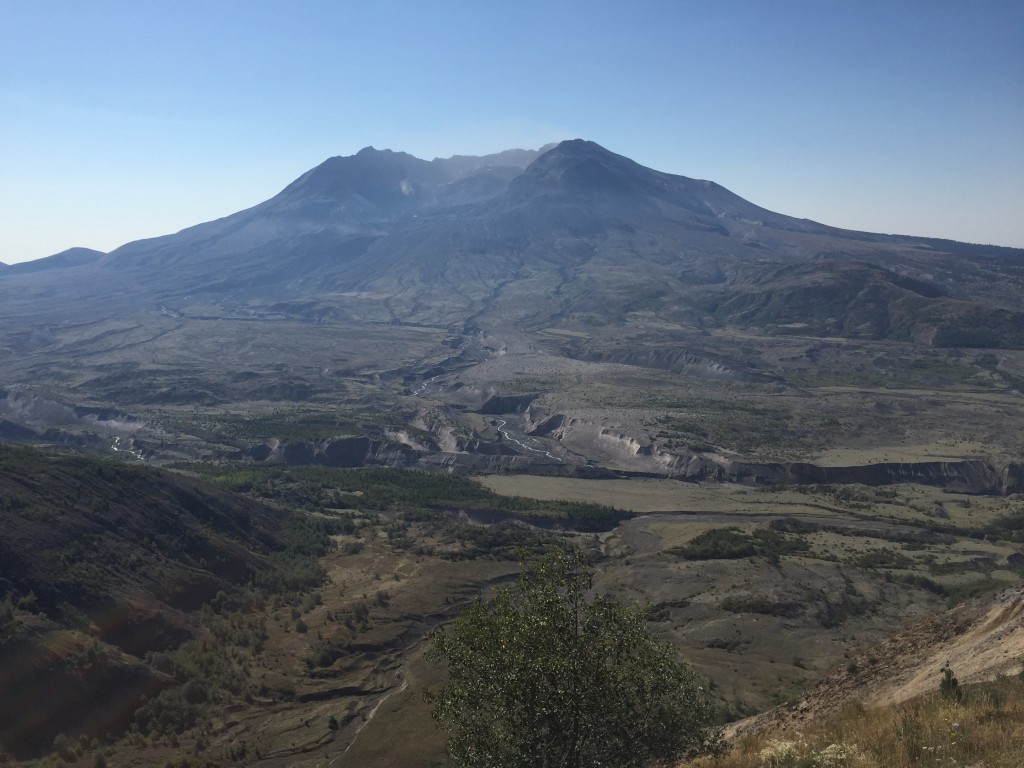 I love long climbs like this one. Strava reports we climbed 9600 feet.
I love long climbs like this one. Strava reports we climbed 9600 feet.